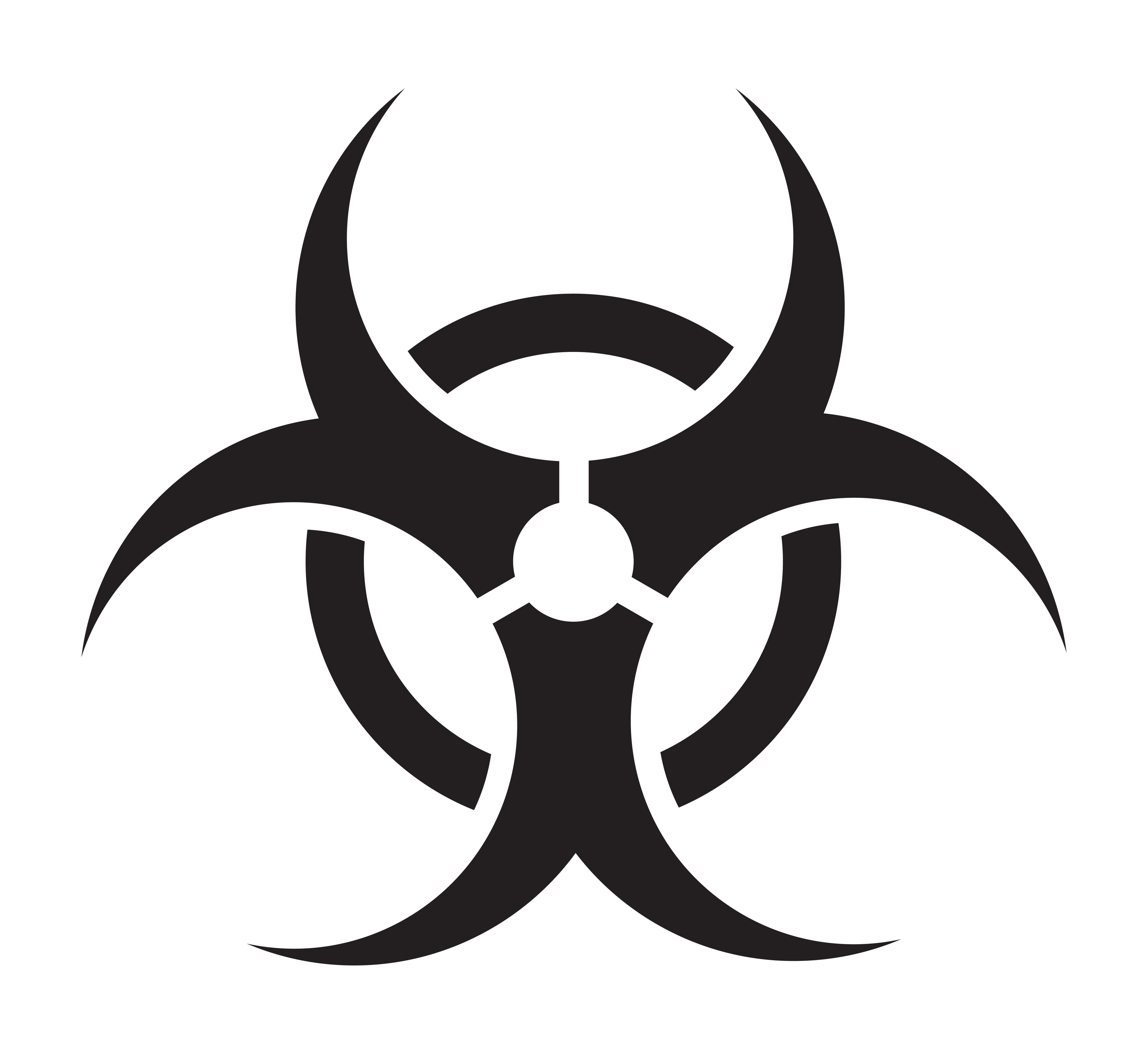Integrated Microscopy and Imaging Laboratory
Welcome to the Integrated Microscopy and Imaging Laboratory!
The mission of the Integrated Microscopy and Imaging Laboratory (IMIL) is to support research progress and grant development by encouraging researchers to explore advanced imaging modalities and to incorporate them into their existing research programs.
The IMIL provides technical expertise and cutting-edge microscope systems to support the research of faculty and staff of Texas A&M University Health Science Center, Texas A&M University, and all other campuses. The IMIL includes six microscopy rooms, supporting facilities, and an image processing station.
Technical staff is available to train and assist with design, implementation, and analysis of experiments as well as assist in troubleshooting.
IMIL iLabs Online
IMIL Resources


